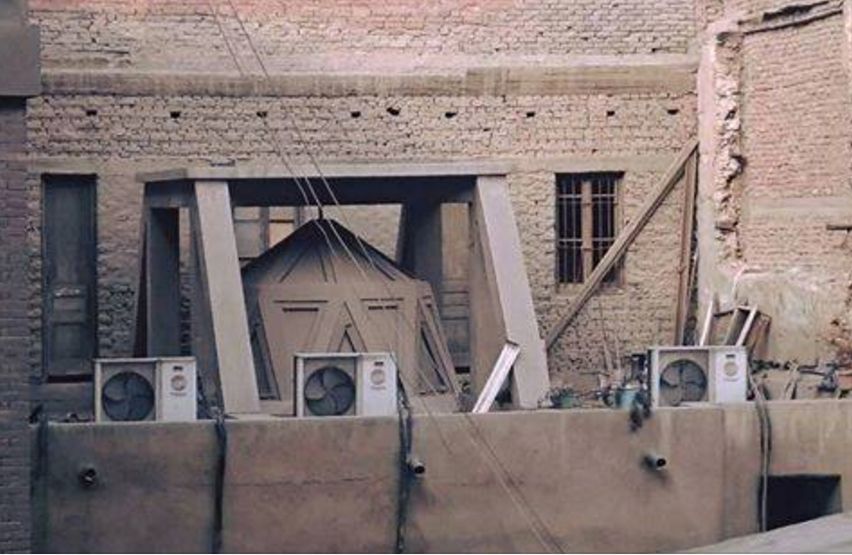
Discourse of Loss and Story of Dispossession. Thermal Qualities of Housing in Islamic Cairo
Loss of material aspects of the built environment is a common source of heritage defenders’ complaints, especially in places where the protection of valuable buildings is limited, as is the case in Medieval Cairo. Passively controlled indoor microclimate is acknowledged as a key quality of its ancient housing buildings. It appears to offer valuable opportunities to address energy scarcity. Yet, passive climatisation tends to disappear in favour of mechanically assisted solutions and new materials with inferior thermal properties. While performing preliminary fieldwork among architects and engineers in Cairo, I observed that experts often speak of these developments in terms of a loss. This case study aims to question this notion by investigating its effects.
While this loss concerns the capacity to achieve a passive climate control, it associates the skills required to produce architectural artefacts (wind catchers, mashrabiya, etc.) with the ability to manage the environment. If the materiality of architecture is a constitutive part of the social group attached to it, the analogy between material lossand climate knowledge equates to a dispossession of means to interact with the immediate environment. By locating knowledge in architectural artefacts, the experts refer to a logic of action that differs from what residents actually apply to create a comfortable indoor climate. The inhabitants tend to use a wider range of objects, adapting to changing circumstances. They deploy what Michel De Certeau would call tactics, acknowledged as a modus operandi of the dispossessed. This contribution will illustrate the gap between expertise and practice.